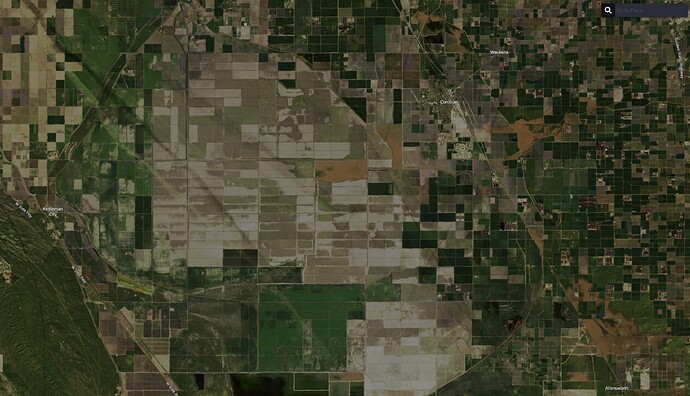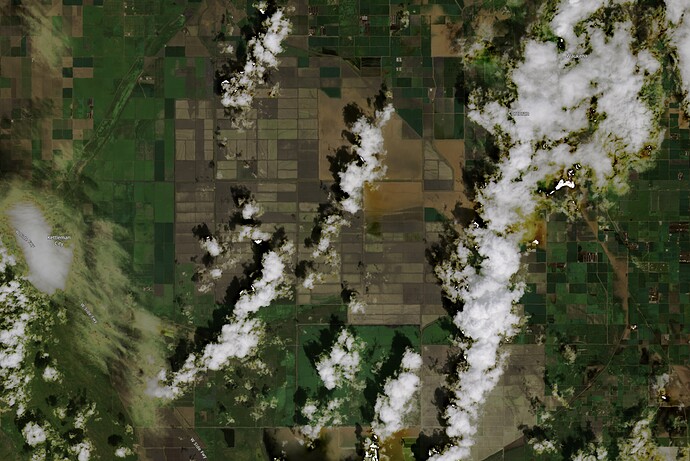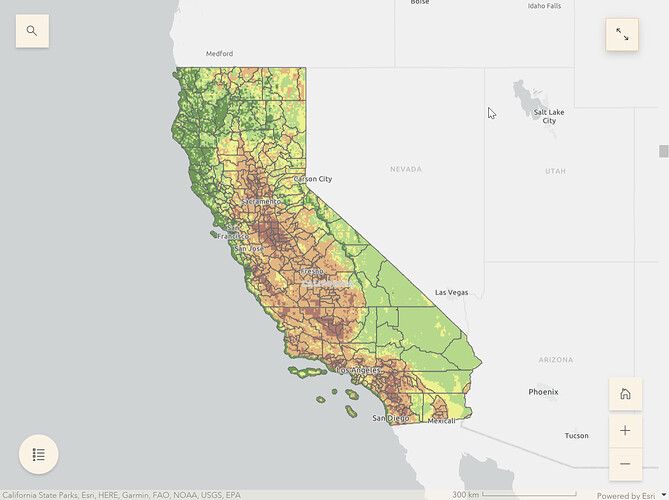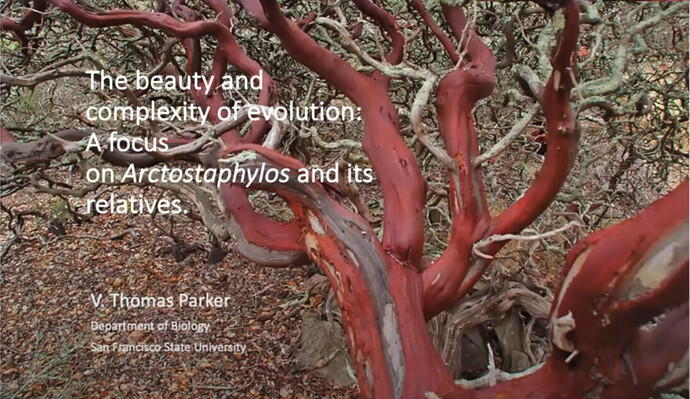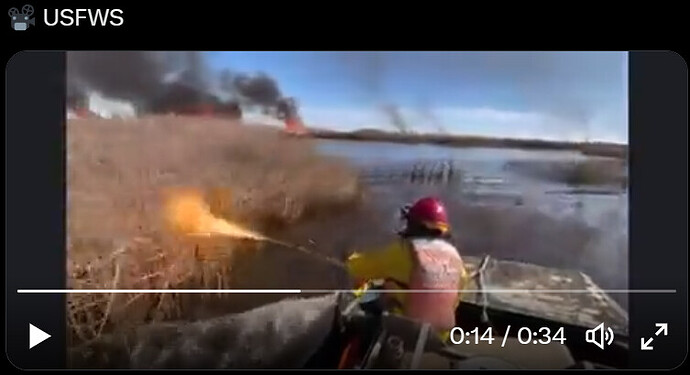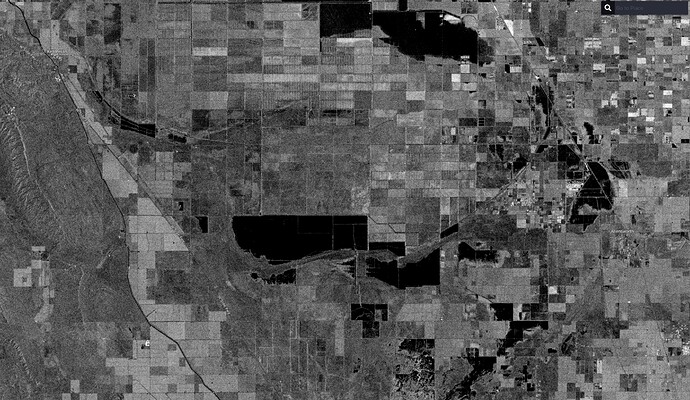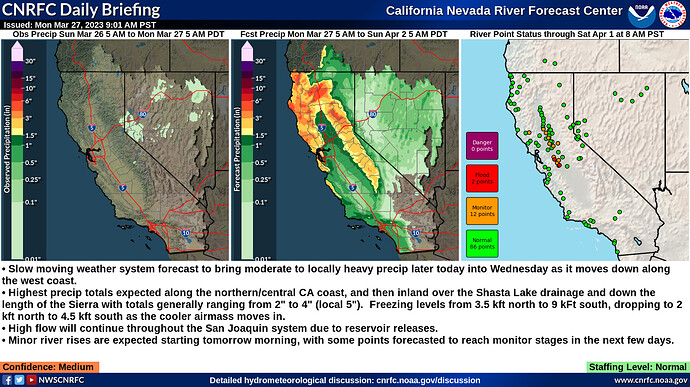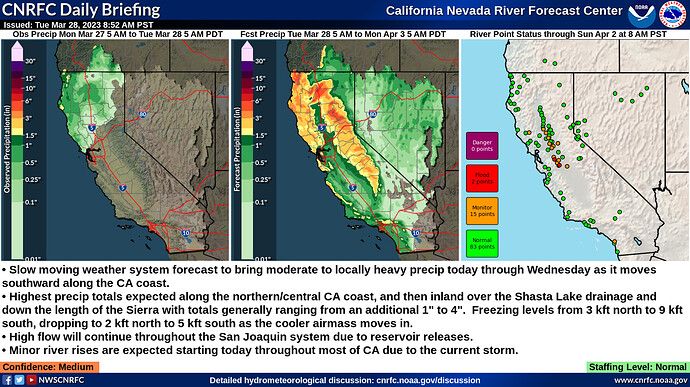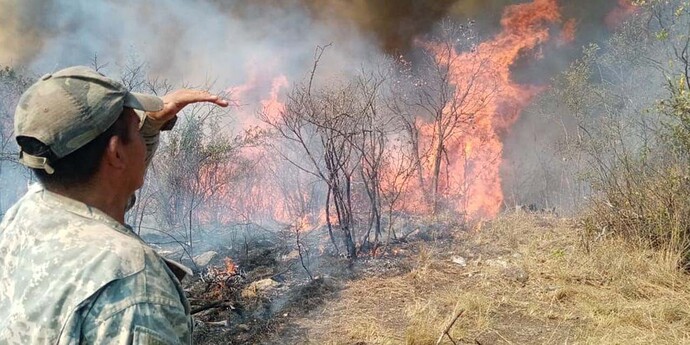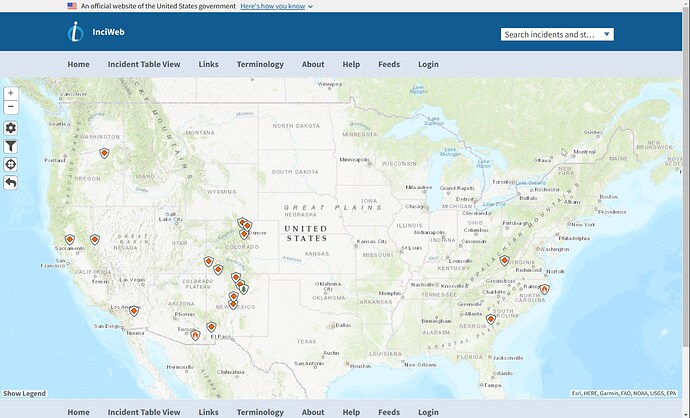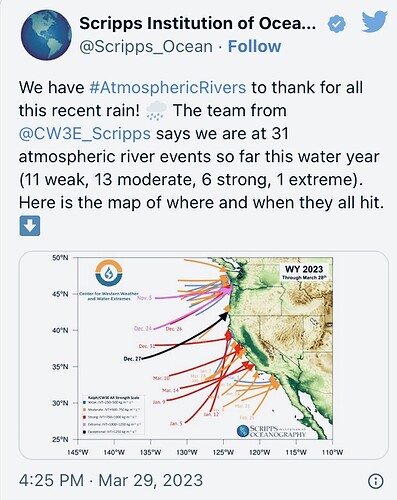To Putnam, rivers represent the very heart of those resources. “Rivers are everything, they are the lifeblood to our world,” he says. “Water is essential in everything that we do. We are so lucky to live in a place where we are surrounded by so many great rivers. I have been lucky enough over the course of time to get a chance to experience traveling by way of the river and see the world from inside the canyons.”
A Former Wildland Firefighter on Rivers and Wildlife Resilience (americanrivers.org)
In the Spring of 1991, I had the luck to spend most days and nights in and around the American River as a swamper for Placer Crew #2. We did conservation work on the rivers and lakes of Placer, Tahoe and El Dorado. I also mobilized with Crew #2 to a fire in Shasta-Trinity, along with other members of the Construction Unit who had fire ratings.
Although, I smile to remember blue helmets floating down the river, behind me, as Corpsmembers struggled with current and moved large pieces of a disassembled structure over a crossing, and the riotous fun of rafting on the North Fork, rivers have given to and taken from me, my family and my homeland in ways I could never imagine.
From the streetcorner to the paramount, rivers bind us as a people.
And as a form of life.
The history and development of civilization can be traced around the progress of the deltas, the rivers, the creeks and the headwaters of the rivers.
Spring unfolds around us all; crews will look to the trail, and they will discover the new things the river has in store, will walk the ground the river has claimed and renegotiate the terms on which they engage the river, and fire.
As they have always done.

